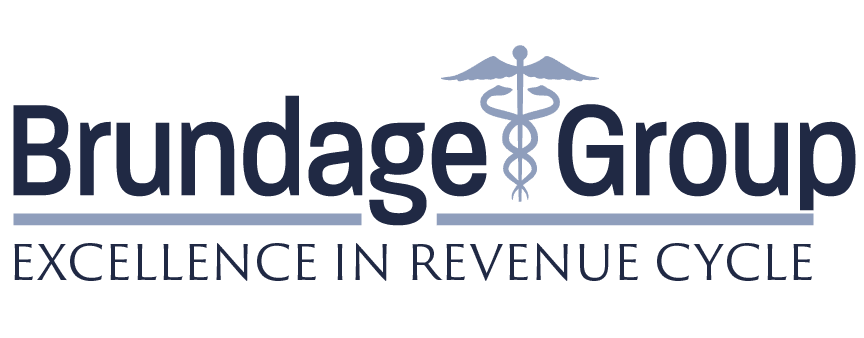Demand ischemia should be reserved for when there is evidence of supply-demand mismatch causing ischemia without an elevated troponin above the 99th percentile (URL).
Type 2 MI should be diagnosed[i] when:
-
– Myocardial injury as evidenced by cTn > 99th percentile upper reference limit (URL) AND
– A rise and/or fall in troponin AND
– Evidence of imbalance between myocardial oxygen supply and demand causing acute myocardial ischemia (one of the criteria below)
-
– Symptoms of myocardial ischemia (chest pain, SOB, etc.)
– New ischemic ECG changes
– Development of pathological Q waves
– Imaging evidence of new loss of viable myocardium or new regional wall motion abnormality in a pattern consistent with an ischemic etiology
| Demand Ischemia | Type 2 MI | |
| Troponin level | < 99th percentile (URL) |
> 99th percentile (URL) with rise and/or fall in level |
| Evidence of ischemia | Yes | Yes |
| Supply-demand mismatch | Yes | Yes |
| DRG impact | CC | MCC |
Examples
1. 78-year-old male with an acute COPD exacerbation with a HR of 130 and RR of 34. He experiences chest pain which is believed to be secondary to an oxygen supply-demand mismatch. Troponin levels are as follows: 0.04 ng/ml, 0.05 ng/ml and 0.04 ng/ml (99th percentile URL = 0.08 ng/dl)
1. Diagnosis: Demand Ischemia. The patient has evidence of ischemia secondary to an oxygen supply- demand mismatch with troponin values ≤ 99th percentile (URL).
2. 78-year-old male with an acute COPD exacerbation with a HR of 130 and RR of 34. He experiences chest pain which is believed to be secondary to an oxygen supply-demand mismatch. Troponin levels are as follows: 0.04 ng/ml, 0.28 ng/ml and 0.17 ng/ml (99th percentile URL = 0.08 ng/dl)
1. Diagnosis: Type 2 MI. The patient has evidence of ischemia secondary to an oxygen supply-demand mismatch with a rise in troponin values > 99th percentile (URL).
[i] Alpert, Joseph S. “The Fourth Edition of the Universal Definition of Myocardial Infarction.” The American Journal of Medicine, vol. 131, no. 11, 2018, pp. 1265–1266., doi:10.1016/j.amjmed.2018.06.016.
Download the complete tip, Demand Ischemia Update.

